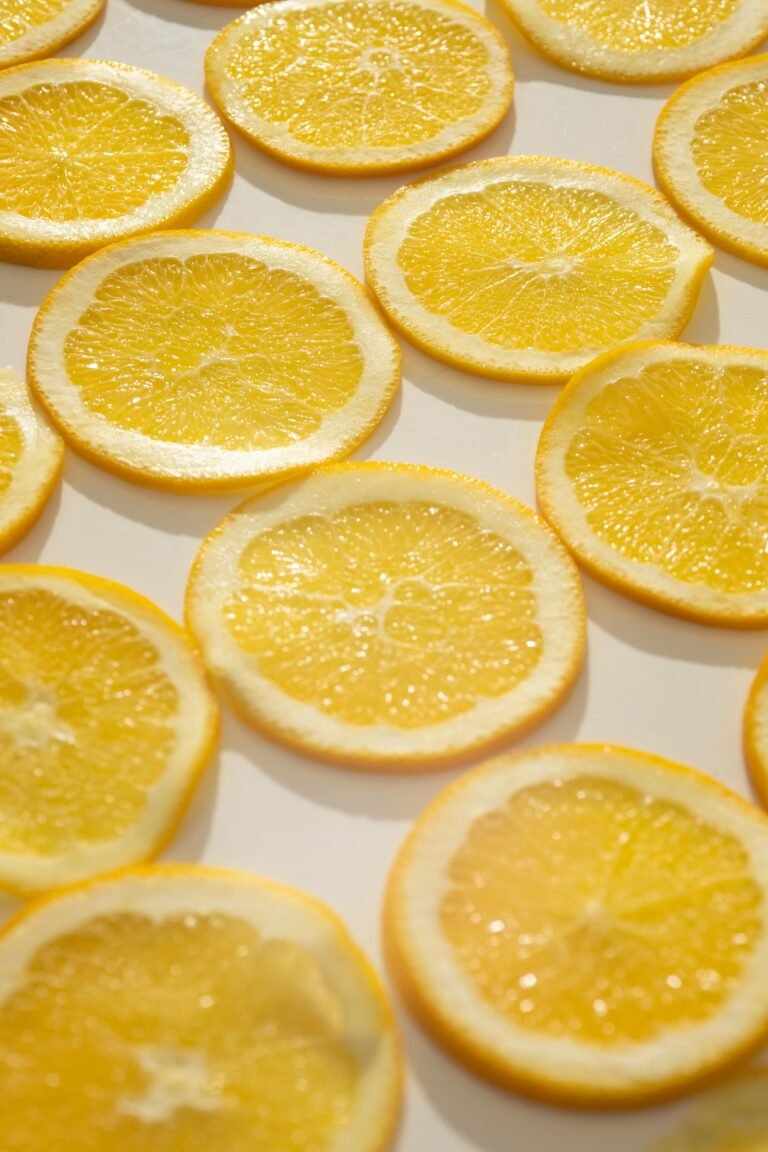Manuka honey, the healing honey
Manuka honey is a honey that costs much more than traditional honey, but unlike other types of honey, which are still an excellent food of natural origin, Manuka honey is a healing honey.
In this article I will explain exactly all its benefits, and for whom it is particularly suitable.
Pay attention to one detail: it is not a honey with which to cook or sweeten food, it is a honey that we can use instead in doses of one or two teaspoons a day as a natural supplement.
First, what is Manuka honey?
MANUKA HONEY
Manuka honey is originally from New Zealand. It is produced by bees that consume the pollen of Manuka flowers, a plant whose botanical name is Leptospermum scoparium . This honey is not produced all year round but only in a few months, that is the months that coincide with the flowering of the plant.
For Manuka Honey to bring its benefits, it must not be mixed with other types of honey except in a minimal percentage. So if you find on the label “Manuka Blend” know that in this case we are talking about mixed honey, of Manuka with other honey. And obviously it’s not as functional as Manuka honey.
MANUKA HONEY: HOW TO DISTINGUISH IT
The benefits of Manuka honey have been the subject of numerous studies.
In fact, this honey contains a compound known as MGO (Methylglyoxal) which has exceptional antibacterial properties. Therefore the Manuka honey to buy must have two very important terms.
- Be 100% of New Zealand origin.
- Contain methylglyoxal .
The percentage of methylglyoxal ranges from 100 to 150 for the cheapest types (price range 25-30 euros for about 250 grams) to 1000+ MGO for the more expensive ones (we are talking about 200 to 400 euros in price for 500 grams). In some varieties there may be the addition of spices such as ginger or seaweed such as Klamath or it is enhanced with pollen or royal jelly or with red fruit extracts such as bilberry or cranberry.
MANUKA HONEY: THE BENEFITS
- Antitumor activity: in particular for colorectal and intestinal cancers in general.
- Antibacterial activity of the oral and gastric mucosa.
- Promotes longevity.
- Antimicrobial action. Manuka honey is indicated as a natural cure against bacteria such as Clostridium difficile, H. Pylori and Escherichia Coli but also against Listeria, Salmonella, Staffilococcus Aureus even where these bacteria are resistant to antibiotic therapy.
- Rebalances the intestinal bacterial flora. Ideal for those suffering from problems such as intestinal dysbiosis, swollen belly and bloating, ulcer, frequent colitis, regularity problems such as colic or constipation. It is also indicated in those people who use drugs, as it protects the gastric mucosa, in those who use antibiotics, in those who have weight problems related to intestinal and endocrine dysfunction.
- Helps fight seasonal ailments.
- Topically, it is curative against wounds, burns, and in skin care masks.
MANUKA HONEY: HOW TO TAKE IT
It is taken in the morning or in the evening or in both cases, alone in the doses of a teaspoon, or dissolved in warm (not boiling) water and lemon. Of course you can also use it to sweeten (it’s honey!) But I recommend you spend a little more and use it as a natural supplement, perhaps sweetening your dishes with other types of honey or raw sugar or coconut palm.
Here are my choices by price range.
You can find it on Amazon at these addresses or order it in organic stores.
Pay attention to the labels, especially for the amount of methylglyoxal.
Please note.
Two other parameters are often reported on the label: one is a parameter that indicates the active ingredient, the other is an MFU certification. To simplify, I have brought you only the MGO. MFU certification is however synonymous with product quality and originality.
Note two.
Manuka honey can be kept at room temperature, even after opening. I do not consider it suitable for very young children (less than 1 year of age) at all because it is raw and processed raw.
It should not be cooked.
Note three.
Often the jar that contains it is not in glass, but in BPA free plastic. However, be careful if you buy it in stores. It must be reported that it is BPA free.
- MGO manuka honey 400+ 500 g
- Happy Valley UMF 18+ (MGO 696+), Manuka Honey 250g
- Manuka Health – MGO 400+ Manuka Honey – 250g
- Steens Manuka Honey UMF 24 (MGO 1122) Raw and Unpasteurized Wholemeal New Zealand Honey 250 Gram – With Natural Enzymes And Beebread
.
























+ There are no comments
Add yours